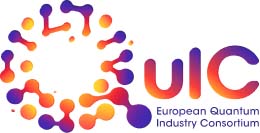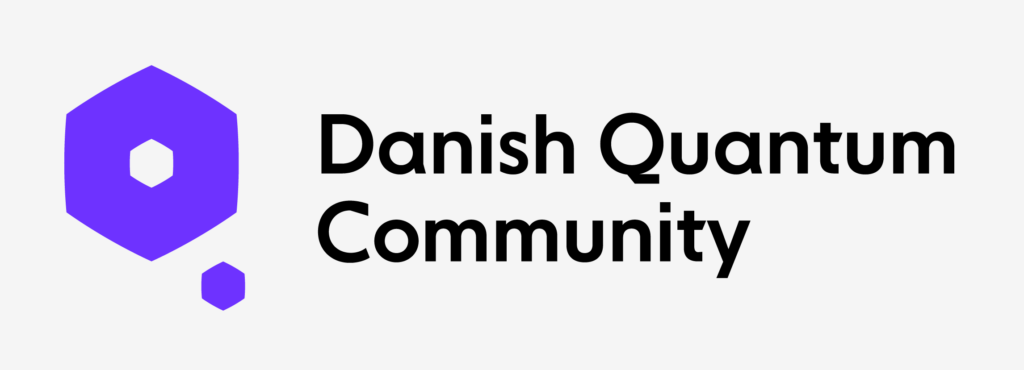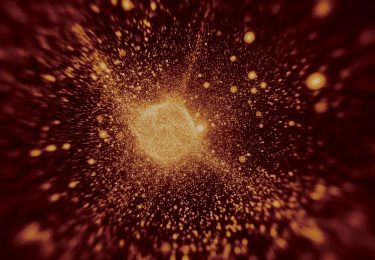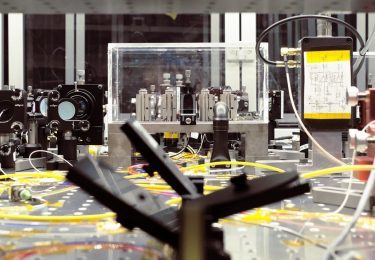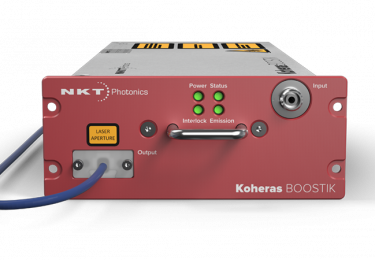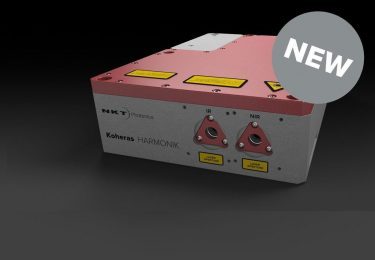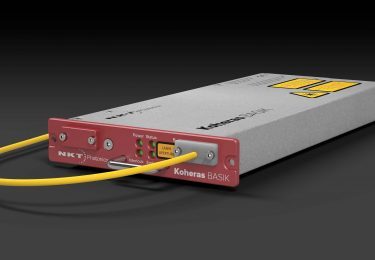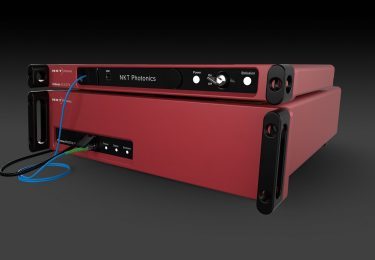Use lasers to make quantum computers
You can use cold-atom systems as quantum computers. Cooling lasers freeze atoms and hold them still, mid-air, using Doppler cooling and dipole trapping techniques. The cold atoms are manipulated, entangled, and read using more lasers and optical techniques to form highly attractive qubits in quantum computers.
Pick the right laser for quantum computing
When choosing a laser for atom trapping, cooling, and manipulation, there are several things to consider:
Power scalability
Power consumption of cold atom/ion experiments scale with the number of qubits. Diode lasers have a breaking point at 2-4 W before compromising linewidth or system temperature, while our fiber lasers routinely supply >15 W of narrow linewidth power without breaking a sweat.
Narrow linewidth
Linewidth is closely tied to laser technology. Phase noise in the system leads to the broadening of the linewidth.
For Doppler cooling, the laser’s linewidth must be significantly smaller than the linewidth of the atom. Otherwise, the laser – not the atom – will determine how low a temperature we can obtain. Similarly, intensity fluctuations – typically expressed as relative intensity noise (RIN) – also heat the atom and limit its cooling rate.
Our fiber lasers have linewidths in the 1-100 Hz range, making them the narrowest linewidth lasers commercially available.
Wavelength coverage
Specific and hard-to-reach wavelengths are the key to the quantum computing market. Our lasers cover most of the wavelengths in the visible spectrum as well as those for infrared transitions of, e.g., barium.
Wavelength stability
It is critical to ensure accurate wavelength control when you pick a laser for the narrow transitions of cold atom experiments. To fine-tune the system, the absolute wavelength must be well-defined, adjustable, and stable.
The Koheras fiber laser systems allow coarse thermal tuning of the laser cavity and fast piezo tuning for locking in, e.g., a Pound-Drever-Hall scheme.
Fiber advantages
Fiber coupling is necessary if you want to rack mount your laser system. Fiber lasers have single-mode fiber output and are inherently more beam-stable than other laser types. Moreover, NKT Photonics’ photonic crystal fibers are uniquely suited to transport single-mode, high-power, narrow-linewidth light at all power levels we provide.
So if you want to mount the laser system in a rack, it is not a problem. With our unique fiber delivery system, aeroGUIDE POWER, you can get light wherever you want.
Scalable & industrial manufacturing
The fiber laser sources are highly scalable. We have experience in scaling and delivering thousands of lasers every year.
Our fiber laser architecture builds on 20 years of experience with over 15,000 single-frequency fiber lasers in the field, many in harsh environments running 24/7. The Mean Time Between Failure for the lasers is >30 years.
A laser that checks all these boxes – and more – is our Koheras HARMONIK. We have developed it specifically for trapping and cooling atoms for quantum optic applications.

Our quantum engagements
We are part of the European Quantum Flagship, the European Quantum Industry Consortium, the Quantum Economic Development Consortium, and the Danish Quantum Community.
How do you make cold atoms?
When you want to cool and trap atoms with lasers, you need to know that – at the atomic scale – temperature makes atoms wiggle around. Reducing their movement is the same as reducing their temperature. You can cool atoms by carefully matching your atom with a laser that can emit light with the properties needed to cool that specific atom.

To cool an atom, you make it absorb energy only when it randomly moves towards the laser. After a short while, the atom begins to reemit the absorbed light in random directions. On average, this makes the atom slow down in the direction of the laser because it loses net kinetic energy in that direction.
Now you add a beam in all three dimensions, and the atom will be forced to slow down in all directions. This technique lets you cool the atom down to well below 1°K, depending on the type of atom.
The goal is to make the atom absorb light only when moving in a specific direction. Atoms can only absorb light if the light is oscillating at one of the discrete frequencies allowed by the atom. For rubidium, one of these frequencies corresponds to light with a wavelength of 780 nm. If the wavelength is longer, the rubidium atom will not absorb it.
In a laser Doppler cooling system, the wavelength of the laser must be slightly longer than required for absorption. When the atom moves toward the laser, the Doppler effect will cause the atom to experience the laser as emitting light at a shorter wavelength due to the Doppler effect. The atom will absorb a photon.
When moving away from the laser source, the atom experiences the wavelength as longer and nothing happens. You can use a magneto-optical trap (MOT) to shoot light at the atom from both directions and in all three dimensions. This cools rubidium atoms down to a few µK and they are ready to be put to work.
In some systems, the atoms are transferred to other laser cooling systems to lower the temperature further before they are used.



